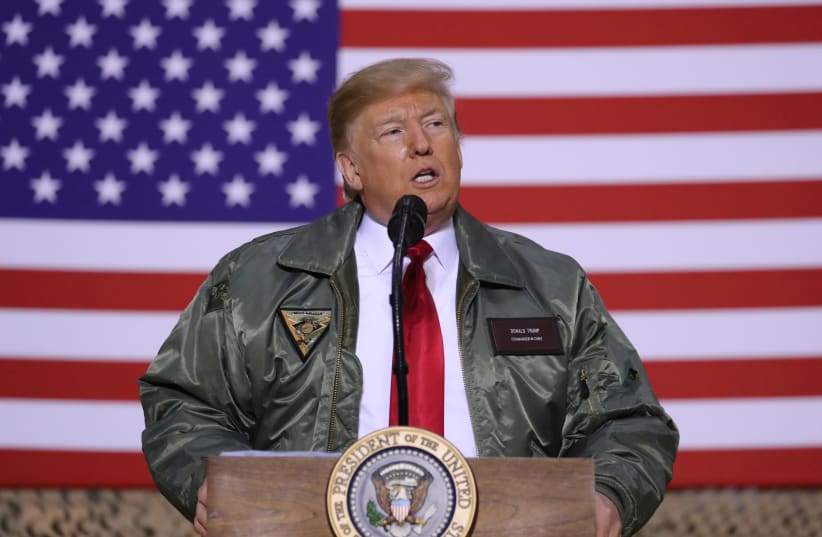Breaking News: President Trump pulled back from strikes against Iran late Thursday, hours after approving them in retaliation for the downing of a US dronehttps://t.co/rXVmi2rv4i
— The New York Times (@nytimes) June 21, 2019
Iran has denied involvement in the tanker attacks, but global jitters about a new Middle East conflagration disrupting oil exports have triggered a jump in crude prices.Saudi Arabia, Washington's main Gulf ally, said Iran had created a grave situation with its "aggressive behavior" and the kingdom was consulting other Gulf Arab states on next steps.Tensions with Iran flared with Trump's withdrawal last year from a 2015 nuclear accord with Iran, and have worsened as Washington imposed fresh sanctions to throttle Tehran's vital oil trade. Iran retaliated earlier this week with a threat to breach limits on its nuclear activities imposed by the deal.The US sanctions have hammered Iran's economy, scuttling its oil exports and barring it from the dollar-dominated global finance system. That has undone the promise of trade rewards from the 2015 deal designed to curb its nuclear ambitions.Iranian state media said the "spy" drone was brought down over the southern Iranian province of Hormozgan, which is on the Gulf, with a locally made 3 Khordad missile.Lieutenant General Joseph Guastella, the top US Air Force commander in the Middle East, told reporters the drone was shot down at high altitude about 34 km (21 miles) from the nearest point of land on the Iranian coast.US Central Command later posted a tweet https://twitter.com/CENTCOM/status/1141854000192589824 that included a map of what Guastella called the drone's flight path showing it WAS outside Iran's territorial waters. "This was an unprovoked attack on a US surveillance asset that had not violated Iranian airspace at any time," he added.Independent confirmation of the drone's location when it was brought down was not immediately available.The Trump administration is pursuing a campaign to isolate Iran and press it towards concessions on its nuclear and missile programs and involvement in regional conflicts.Washington said on Monday it would deploy about 1,000 more troops, along with Patriot missiles and manned and unmanned surveillance aircraft, to the Middle East on top of a 1,500-troop increase announced after attacks on Gulf tankers in May.Trump has dispatched forces including aircraft carriers, B-52 bombers and troops over the past few weeks. Iran said last week it was responsible for the security of the Strait of Hormuz, calling on American forces to leave the Gulf. In the United States, House of Representatives Speaker Nancy Pelosi, the top Democrat in Congress, said Washington had no appetite for war with Iran and should "do everything in our power to de-escalate."After a White House briefing for lawmakers, Democratic Senate Minority Leader Chuck Schumer, told reporters he was worried Trump "may bumble into a war." Schumer said he and his fellow Democrats believed congressional approval was needed to fund any conflict with Iran.But Trump's fellow Republican, Senate Majority Leader Mitch McConnell, told reporters: "The administration is engaged in what I called measured responses."While US rhetoric against Iran has sharped, European states - fellow signatories of the nuclear deal with Iran - have been more cautious, saying more evidence is needed to pinpoint responsibility for the tanker strikes.They have sought to keep the nuclear deal alive despite the US pullout, but Tehran has told them and other world powers who signed the accord that they must rein in Trump's aggressive stance towards Iran or it too will bow out of the deal.
